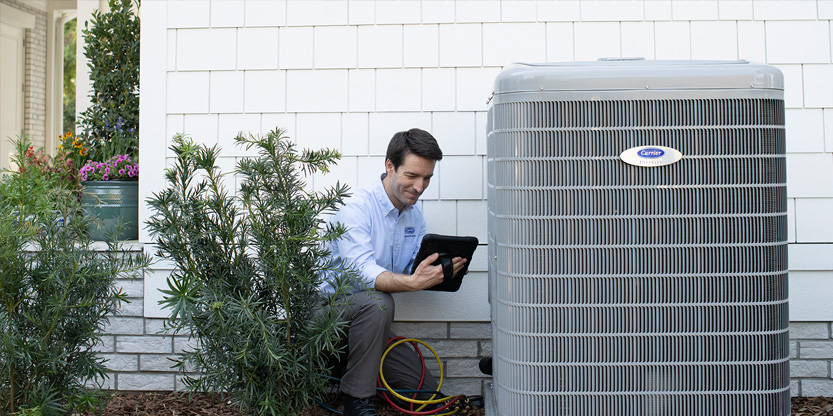As you know, heat pumps don’t generate heat—they move it from one place to another. They often draw it from outside the house and bring it inside. Despite the low winter temperatures, they can pull a little bit of it from the air, although they struggle.
How do you maximize heat pump performance in winter? There are plenty of ways to go about it. Here are some of these ways as given by heat pump repair professionals:
Ensure your system is ready for winter
The beauty of the heat pump is you use it both in winter and summer, and for you to get the most from it at any season, you need to prime it properly. Before the season begins, check whether all the parts are in proper working condition.
You need to inspect the filters, leaks, antifreeze levels, loose electrical connections, vibrating components, and other vital parts.
Ensure that the priming is done by an experienced professional who knows what they are doing, for the best outcome.
Maintain a constant temperature
Even if heat pumps don’t use electricity to heat the house, they use it when running, and for them to properly heat a property, they need a considerable amount of it.
To get the most from the heat pump and ensure that it doesn’t consume a lot of electricity, avoid tampering with the thermostat. The right way to go about it is to set the thermostat at a constant temperature (18-21 degrees).
Don’t cover your system.
Due to the shallow temperatures, homeowners have the notion that they need to cover their units to protect them from the harsh weather. You don’t have to do this.
Heat pumps are designed to survive the outdoors, so you don’t need to cover them. In fact, you will be damaging them when you cover them. This is because when you cover the units, you risk pest infestation and mold growth.
Heat the space you need
One of the ways your house runs inefficiently is when you allow warm air to escape into unused space. For example, when the heat gets into the spare bedroom or study room.
Some people will tell you to shut off the heat to the room you aren’t using, but this isn’t wise as the cold space acts as a vortex for the heat you are generating elsewhere in the house.
The best way to go about it is to have the heating system continuously running in all the rooms but set the thermostat at 14-16 degrees when not using it. Doing this reduces the chances of losing warm air and uses less energy to heat the space when you need to use it.
Keep as much heat in the house.
There is no way your heat pump or any other heating appliance will run efficiently if you allow heat to escape the house.
To keep the heat pump in top working condition, you should seal all the nooks and crannies that the heat might escape through. Before leaving the house, ensure that the doors and windows are closed, and the curtains are drawn.
Keep the filters clean.
Besides the above priming tips, you also should keep the filters clean. Heat pumps work best when the filters are clean, so at least once every two months, hire a heat pump repair services to inspect the filters and, if dirty, clean them. The professional should also inspect the filters and seal them if leaking or having any other problem.
 (703) 682-9568
(703) 682-9568  hvac@abc24hours.com
hvac@abc24hours.com  Schedule An Appointment
Schedule An Appointment 